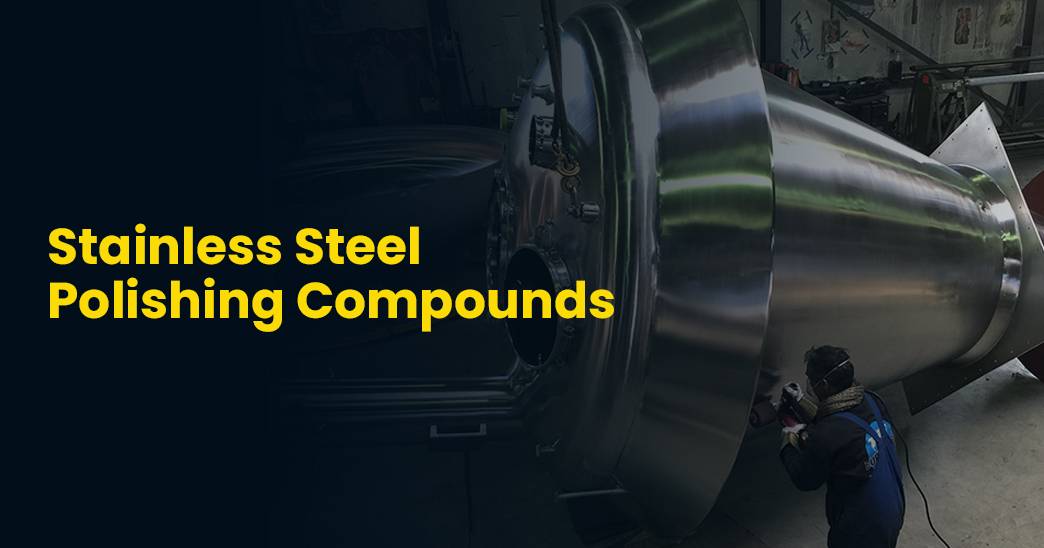Stainless steel (SS) is an amazing metal. Its lengthy lifespan and mechanical qualities are well known. Additionally, it resists rust and corrosion quite well. It is used in a variety of industries, from medical instruments to domestic items, because of these beneficial qualities. However, in order to maintain and even improve their brilliance and smoothness, steel items need to go through specific treatments. These procedures, which call for the use of SS polishing solutions, require close attention.
A Study on Stainless Steel Polishing Compounds
Abrasive particles and solvents are combined to create SS polishing chemicals. A liquid or semi-liquid could be the solvent. By eliminating oxidation, scratches, and other defects from the steel surface, these SS polishing solutions can enhance the quality of the surface. This procedure highlights the natural shine of the material. The removal of surface imperfections by the abrasive particles produces a smoother and more reflective surface.
The Polishing Procedure
Using Stainless Steel polishing compounds requires a few preparations to be taken beforehand. The meticulous execution of each of these stages is necessary to provide the highest possible finish on the steel. First and foremost, a thorough cleaning is required to remove any dirt, grease, or other defects from the SS products. Its grade and condition are assessed after cleaning. The type of polishing compound that will be applied to the SS product depends on its grade.
Installing the buffing pad or polishing wheel on the bench grinder or rotary tool will initiate the polishing process. Next, a small amount of the Stainless Steel polishing chemical solution is applied to the wheel or pad. The polishing agent should be in touch with the Stainless Steel product’s surface. Give the wheel or pad a steady, gentle push to begin the process of gliding across the surface smoothly and continuously. The abrasive particles in the compound interact with the SS surface once the wheel or pad starts moving. You will see that minor scratches and defects slowly get eliminated, and the overall smoothness and shine of the SS product are enhanced with this procedure.
After polishing, wipe the Stainless Steel object with a gentle, clean cloth. Any leftover chemicals that may have been on the Stainless Steel product will be eliminated by this process. Higher-grading polishing compounds are used in the same manner, depending on the sheen and smoothness required for the finished product.
Consider the following factors and precautions:
The quality of the polishing compound employed will determine the finish of your Stainless Steel product. As a result, choosing the right polishing compound is essential to achieving the right finish. When deep scratches and other surface imperfections need to be removed from the SS, more abrasive polishing products are needed. You must employ polishing chemicals with fine abrasives in their composition if you require a polished and glossy end product.
Taking safety precautions is essential when polishing. Wearing safety goggles and gloves is one way to protect oneself from abrasive particle exposure. Additionally, because polishing emits strong chemical gasses, one must operate in a location with adequate ventilation.
The Stainless Steel polish that an object receives ultimately determines how long it will last and how shiny it will be. The strength and appeal of SS items are enhanced and protected with the application of polishing agents. If one wants to achieve good results, one must know how to use and operate SS polishing chemicals properly. Both seasoned professionals working on major projects and novice enthusiasts working on smaller projects can use this strategy.
Stainless Steel compounds can extend the life and enhance the aesthetics of SS objects. It entails utilizing these polishing agents to improve the product’s attractiveness and ongoing use. Stainless Steel polishing compounds, in fact, serve two purposes: they enhance the material’s visual appeal and safeguard its structural integrity.







